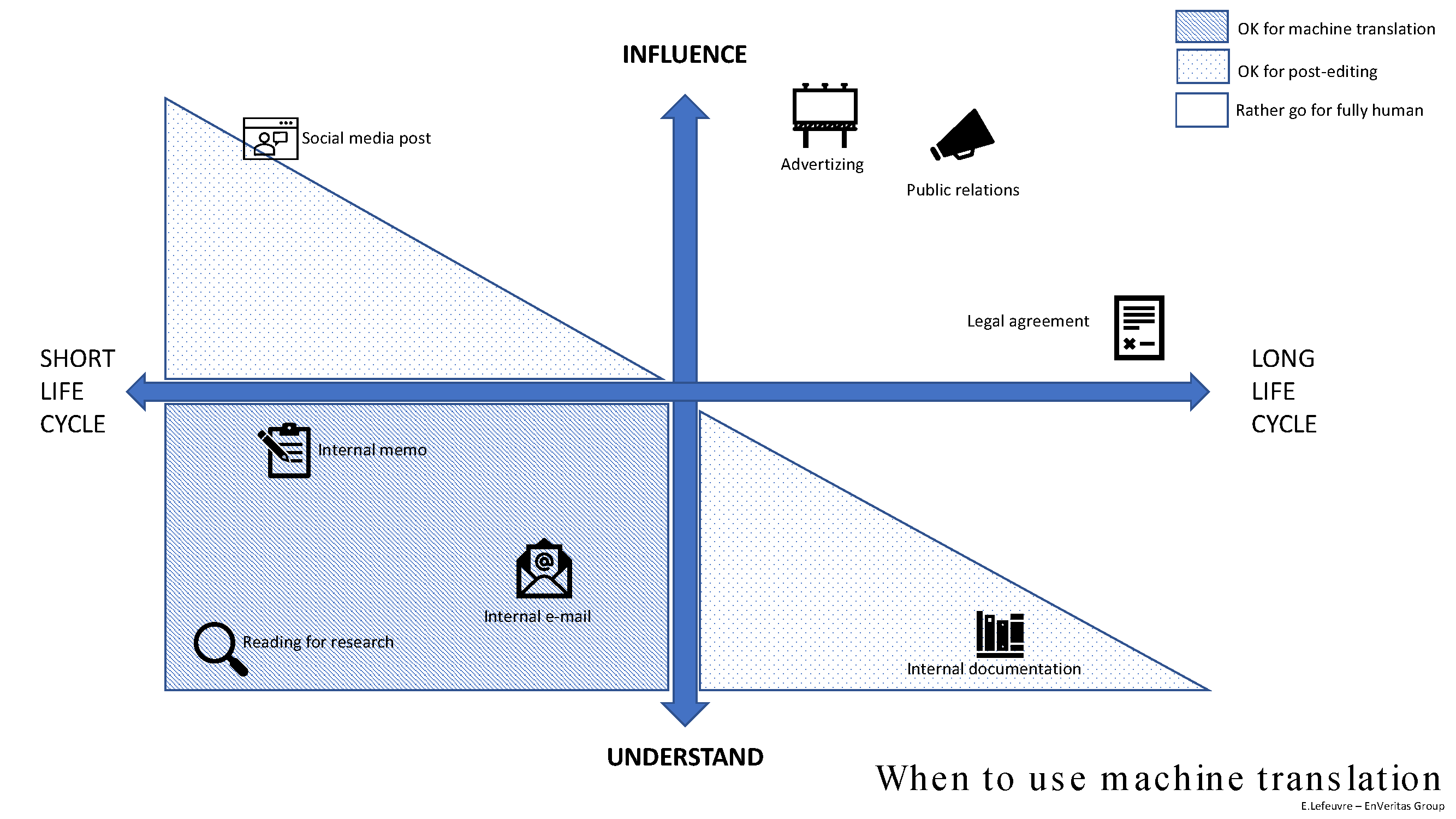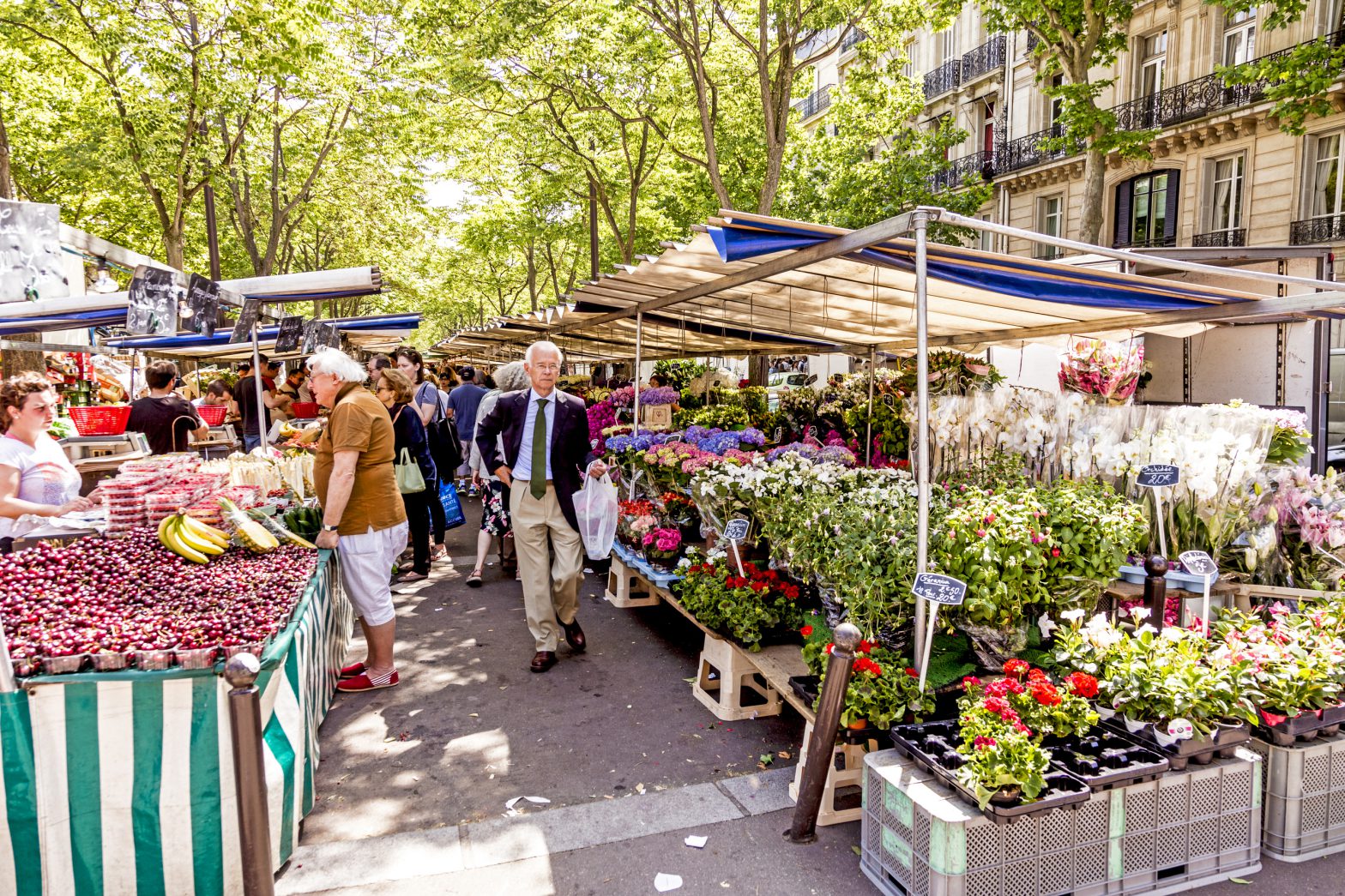The Realist’s Guide to Translation, Transcreation and Machine Translation

I used to explain the different types of translation to clients and colleagues in terms of a hierarchy: transcreation as the angel at the top of the tree and automated translation like Google Translate mixed in with the fertilizer at the bottom.
After managing scores of translation projects for hotel groups and businesses, my vision of the translation industry is now more realistic – and some would say more communist, if those two can ever go together.
That is: no type of translation is inherently “better” than another, but each is appropriate for a different and specific purpose. And all should work together in harmony to provide a powerful tool to reach target markets across the world.
Let’s take a look at a hotel website to illustrate how different types of translation can work together.
Home page and meta data – transcreation
The Holy Grail of landing pages. The first few lines on a home page are carefully crafted to appeal to a specific target market, as the user generally takes just a few seconds to decide whether to stay on your site or click away.
For content as important as this, you need transcreation. This is a cross between translation and content creation in which the meaning of the message – not just the language – has been adapted to appeal to the target reader.
Say your Russian market is predominantly leisure, coming for your excellent spa, restaurants and nearby casino, while your German market is predominantly business, coming for meetings at the Siemens offices down the road. The home page text in Russian will emphasize leisure facilities, while the German pages will talk about the 24-hour business center and proximity to the airport and business park.
This is where transcreation is essential: adapting high-level marketing copy to appeal to specific target markets.
Meta data should also be transcreated, since the meta title and description are essential in getting users to even click on your website. This should be undertaken by experts in digital marketing who understand the words and phrases that will trigger a positive reaction in readers with a particular language and culture.
Secondary pages – localization
In an ideal world with an infinite budget, we would transcreate secondary pages of a website, too. But realistic people with real-world budgets switch to localization.
This enhanced form of translation is performed by professional local natives and remains close to the original content while making it sound as natural and appealing as possible for the target market.
Localization adapts:
- Measurements and distances, e.g. miles to kilometers and Fahrenheit to Celsius.
- Cultural differences including politics, religion, sex, alcohol. Well-localized content avoids offending the target reader.
- Cultural references such as movies, music, celebrities.
- Slang, metaphors and humor, which don’t cross borders easily.
- Tone of voice as different cultures expect different levels of formality.
Localization is the ideal compromise between the freedom of transcreation and the straight, one-to-one approach of translation.
Lists, manuals, FAQs – computer-assisted translation
Most hotel websites have lists of room features, terms and conditions for particular rates, directions and frequently asked questions: content which does not necessarily have a strong marketing focus but which must be correct, consistent and easily updated at a minimal cost. This is where computer-assisted translation comes in.
Computer-assisted translation is not auto-translation like Google Translate or Babel. Instead, it is translation by professional natives who simply use software to maximize efficiency and consistency.
Computer-assisted translation (CAT) tools like SDL Trados have numerous benefits for businesses as well as translators. The two major benefits are:
- A term base, or glossary, which ensures consistency. You don’t want to call a coffee maker a cafetière in your Standard Rooms and a machine à café in your Executive Rooms if the device is the same, or the reader might think you are referring to a different amenity.
- A translation memory, which makes it easier to make updates without re-translating everything. Say you review your website once every quarter and update the lists of room facilities or the terms and conditions. With the CAT’s translation memory, you can simply load the updated file in the source language and analyze it for updates.
Even better from a hotel manager’s point of view, CAT tools generally help to lower translation costs and speed up productivity.
The last resort for blogs – auto-translation
Blogs and social media are essential for keeping websites fresh and attractive for both customers and search engines. But tell me you have an unlimited budget for translation and I’ll tell you to wake up and smell the coffee from that cafetière. Only large international brands, such as Sofitel, can afford not only to keep their blogs and social media channels updated, but also to translate them into many different languages.
For smaller companies and hotels, speed and budgetary concerns mean the most realistic option for translating short, time-sensitive content such as blogs into multiple languages is to use Google Translate, or add an auto translation button on your website. Make sure you clearly indicate that the translation is automated so readers know not to expect top quality.
Don’t feel guilty about this. At least you are making some effort to help readers around the world understand. Unlike, I can guarantee, many of your competitors.
Translation strategy
At the end of the day, an effective translation strategy comes down to four actions:
- Using web analytics and sales data to pinpoint the international markets with the most potential for your business.
- Researching those markets to segment them properly and understand what makes them tick.
- Finding the right partner to perform the translations you need and advise on local cultural differences.
- Doing the most – through a blend of transcreation, localization, computer-assisted translation and, if necessary, Google Translate – with the budget you have.
Did I mention? We can help you with all of that.

Monica Guy – Director of Content Marketing EMEA



